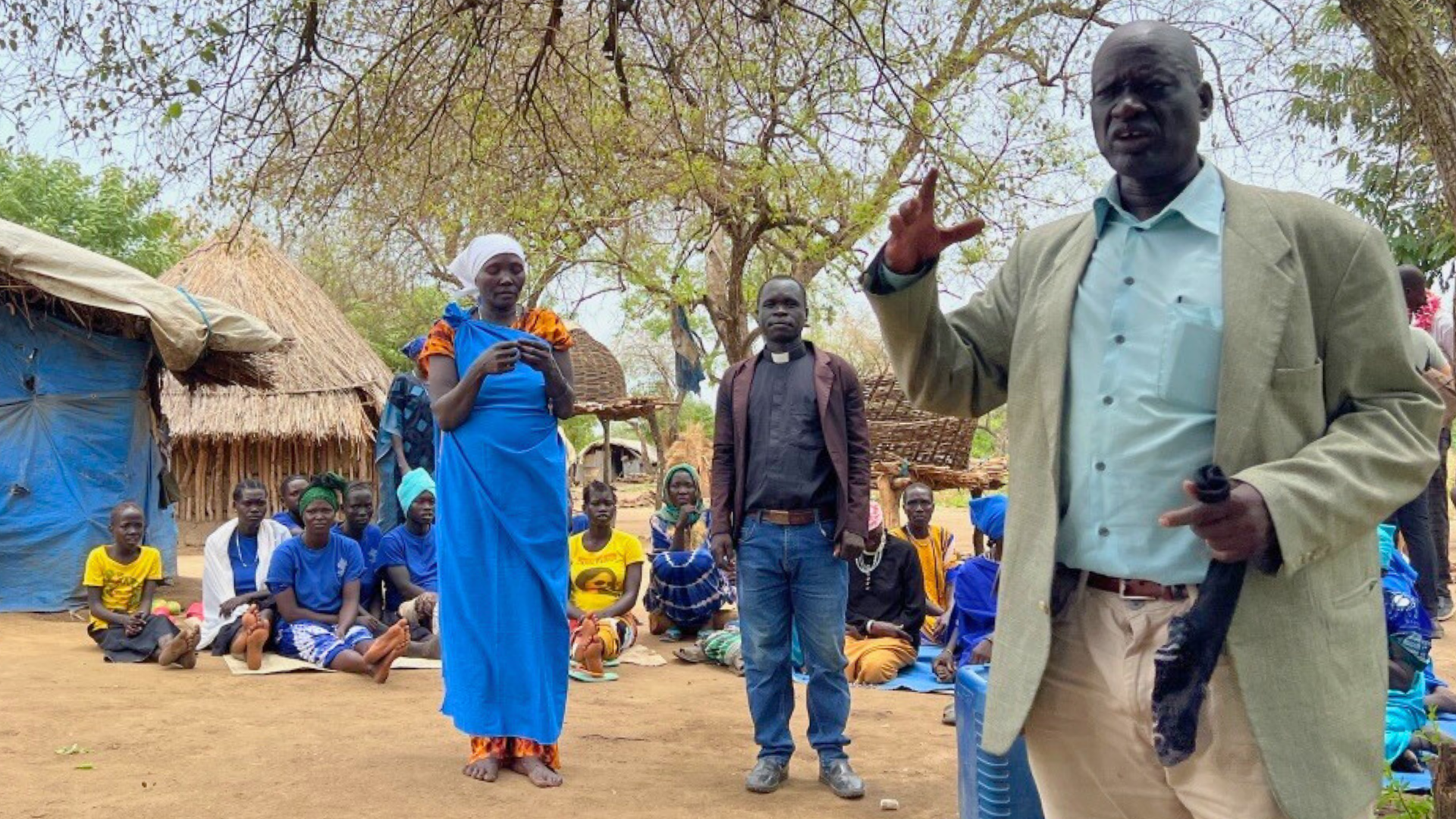By Stan Friedman
NEW ORLEANS, LA (November 11, 2013) — A 71-year-old man named Herman Wallace died of liver cancer at the Louisiana State University Medical Center on October 4. He had been released from the Louisiana State Penitentiary—Angola Prison—three days earlier after spending roughly 40 years in solitary confinement for the murder of a guard he most likely did not commit.
He also was at the center of a kairos moment that led Debbie Blue, the executive minister of the Covenant’s Department of Compassion, Mercy, and Justice, to make ending mass incarceration a major priority for the denomination.
Angola Prison houses roughly 5,000 men, and 95 percent will die there, according to the warden. In 2007, Blue and a group of Covenanters led by Mae Elise Cannon, toured the prison and met Wallace.
Blue wrote “Revelation at Angola” in the July 2012 issue of the Companion about how the visit to the prison one month into her tenure as executive minister impacted her. Although the article does not reference Wallace, she said recently that “the death of Hermann Wallace, after finally being released following 41 years of solitary confinement, was heart-wrenching for me.”
Last week, Cannon, who had become a friend of Wallace’s while he was incarcerated, wrote an article about that relationship for The Huffington Post. In the article, she recounts the meeting with Wallace that included Blue.
“It was nearly six years ago on November 1, 2007. I was leading a ministry team from the church where I was serving as an executive pastor in California. One of my travel companions was Debbie Blue, the national leader of Compassion, Mercy, and Justice for my denomination. She and I had the opportunity to visit with Herman that day. Usually when I speak to inmates, my hope is that they might experience the love of God through a ‘ministry of presence.’ I don’t think it is my job to beat them over the head with the Bible, as many of them know the Bible better than a lot of ordained ministers! However, I believe the love of Christ can be revealed by showing respect and entering into authentic relationship with one another. On this particular day, Herman was deeply interested in questions of faith. He led the conversation to talking about God, the person of Christ, and what it means for Jesus to be the liberator of our souls. Then he asked for my Bible.”
Cannon was surprised by the request. “What would this self-proclaimed atheist, convicted prisoner for life, want to do with my Bible?” She gave it to him, and he later wrote about what that experience meant and the instructions Blue gave to him.
Wallace wrote:
“I’m sure you recall my asking for a Bible. At that point you were quick to offer your personal Bible. I know it is dear to you because I see all of your highlights dating back to 2005. In our discussion Debbie challenged me on the next time I read a selected passage from the Bible that I should not read it with a fix opinion or to review it for any special purpose—but rather to allow the words to penetrate my soul. Ok, you do recall I promised I would. Well, I picked up the Bible and went straight to the back to choose a particular subject. My eye caught the word understanding—I looked under it and it referred me to Job 42:3 and so I flipped the pages to carry out my promise to Debbie. Upon that page were your markings—11/1/07—plus highlighting the blessing God gave to Job. You had to have done this shortly before your visit with me. Much of our conversation can be said to have centered around a similar subject. Out of 1,234 pages, how is it possible I could intentionally seek this particular page (498) of the very same message you were embracing prior to visiting me… How much more divinely connected could this be?”
Cannon was making plans to see Wallace when he died. She laments not being able to see her friend before his death, but recalls the words of a letter he wrote to her:
“Mae, one day you will look out over your congregation and you will see me and my people sitting in the back of your church. I will bring company with me. And when you see me, then you will know that I am free.”
Wallace, who had been serving time for robbery, was convicted with two other black inmates of killing a guard who was white. The entire jury that convicted them also was white. There was never any physical evidence linking the men to the crime—fingerprints on the bloody knife did not match any of the defendants—and seven witnesses said he was not at the scene. The testimonies of several witnesses who put Wallace at the scene were inconsistent with each other.
On October 1, U.S. District Judge Brian A. Jackson wrote that Wallace’s constitutional rights had long been denied him, and ordered him immediately released and warned prosecutors that they would be held in contempt if they tried to keep him from leaving the prison.
Wallace was released. But on October 3, a persistent grand jury again indicted him on the charges. He died before he could be rearrested.













